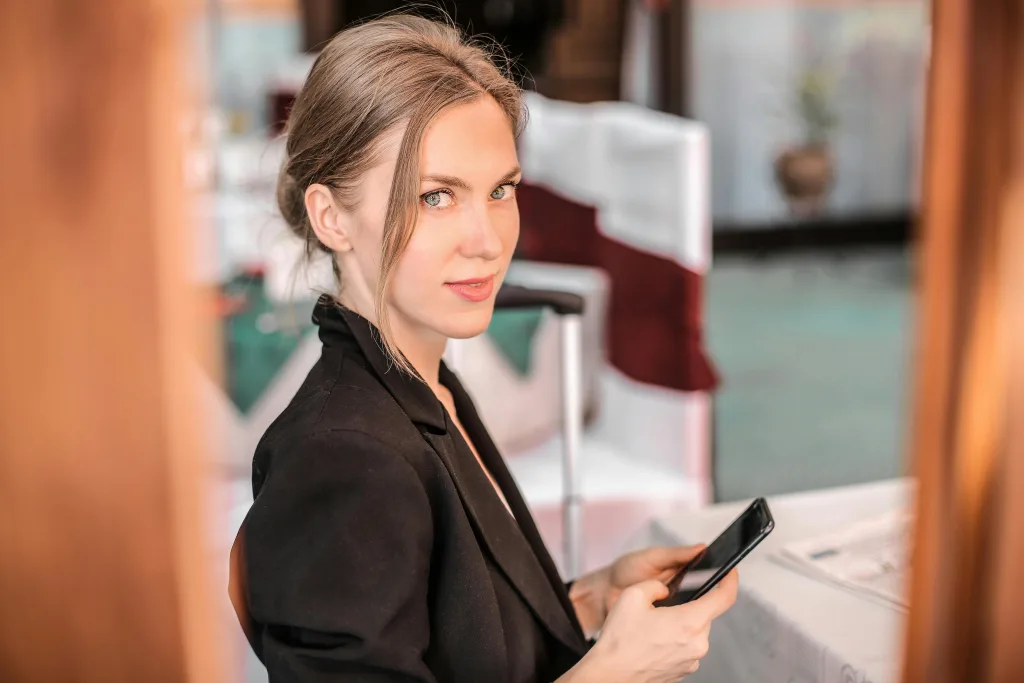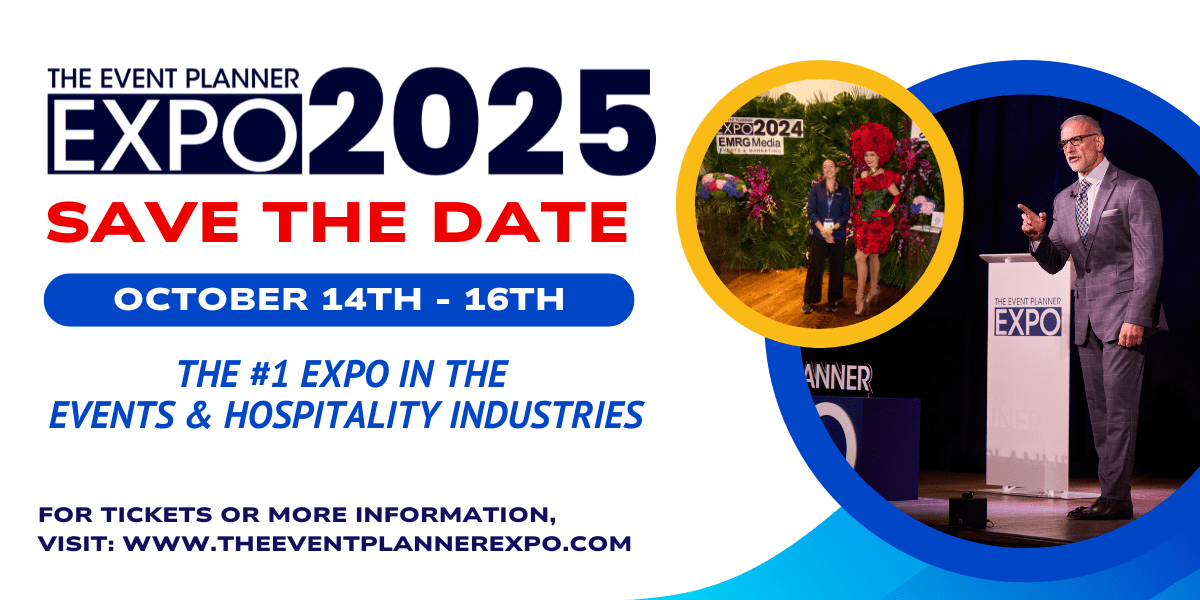Modern Lead Funnel for Event Planners That Actually Works in 2026
If you plan weddings, corporate events, or large productions, you’ve probably noticed how much harder it is to rely on referrals or random inquiries. The game changed. There are more planners, more options, and more noise. Clients expect instant replies, polished follow-ups, and proof that you can deliver.
What you need now is a working lead generation engine. Not a handful of ads. Not another free download collecting dust. A real system that attracts event prospects, engages them, converts them into paying event clients, and keeps them around for the next big event.
Let’s walk through what that looks like and why it matters.
Why This Matters in Events
Your prospects are different now. They research online. They compare your work to others. They expect a faster, smoother process from the first click.
HubSpot’s 2025 State of Marketing report shows that marketers are leaning hard into automation, analytics, and personalization. The takeaway is simple. If your lead flow isn’t built on a system that learns and adapts, you’ll fall behind.
Salesforce says the same thing. Their latest guide on lead generation highlights automation, data enrichment, and AI scoring as the top priorities for 2025. When you manage big events with serious budgets, you need more than a contact form. You need a marketing funnel that filters and nurtures leads for you.
Here’s why that matters.
- Each new client can turn into repeat work if you handle the relationship right.
- A structured funnel saves you from wasting hours chasing low-fit leads.
- You can predict your pipeline instead of guessing what next month looks like.
- You free up time to focus on the creative and client experience that sets you apart.
Think of a lead engine as a quiet system running in the background. It attracts, qualifies, and warms up potential clients while you’re busy producing an event.
What a Modern Lead Funnel Looks Like
You can break your funnel into three main stages. Attract. Engage. Convert.
Attract
This is where your prospects first meet you. Start with a clear picture of who you want to work with. A destination wedding couple? A corporate client with a six-figure event budget? Define it.
Then create value for them. A short guide, a design checklist, and a quick video walkthrough of your best event. Make something useful enough that people want to exchange their contact info for it.
Your website, Instagram, LinkedIn, and Google all play a role here. Each should point to a clear offer that turns interest into a lead form or booking link.
Engage
Once someone shows interest, you have to stay visible. Most planners lose leads at this stage because they wait too long.
Use tools that follow up automatically. When someone fills out your form, send a thank-you message within minutes. Include a helpful link or quick introduction video. Then schedule another touch within a few days if you haven’t heard back.
You can add a few filters to qualify people. Ask their event date, estimated guest count, or budget range. Use that data to focus on the clients most likely to book.
Keep communication short and human. A photo from a recent event or a one-minute video message goes further than a formal sales email.
Convert
Now it’s about timing. When a lead is ready, move fast. Set a call, deliver your proposal, and keep the conversation going.
Track your conversion rate. Count how many qualified leads become booked clients. Watch how long it takes from first contact to contract. This is how you learn what’s working.
After an event wraps, keep that client in your system. Thank them. Ask for a review. Send an invite to stay in touch for their next celebration. The goal is to turn every one-time project into a long-term relationship.
The Advantage of a Real System
Without a structured funnel, you work twice as hard for half the results. Leads slip away. You spend hours following up manually.
Marketing experts report that most sales teams miss goals because of slow responses and messy systems. The same applies to event pros.
When you build a funnel, everything changes.
- You gain predictability.
- You attract the right clients.
- You have a process that keeps your energy on what you do best.
Data shows that nearly half of all marketers now measure how AI impacts their strategy. The trend is clear. The best planners are becoming better marketers.
Building the Engine Step by Step
Start with clarity. Who are you trying to attract? Write out two or three types of clients you want to serve most. Add details like budget, lead time, and what drives their decision.
Then look at what you offer them. Maybe it’s “full-service event production without the chaos.” Maybe it’s “turnkey luxury weddings that feel effortless.” Your message has to speak directly to what they care about.
Next, build a small magnet to attract them. Create a downloadable guide, a short behind-the-scenes video, or a quick event-planning checklist. Promote it through the channels your clients use most. Use a simple landing page with a short form that collects name, email, and one key qualifier.
Now set up automation. You can use HubSpot, Salesforce, or another CRM. Create workflows that send thank-you emails, reminders, and follow-ups without you having to think about it.
Here’s a simple flow to start.
- Someone fills out your form.
- They immediately receive a short thank-you note and a helpful link.
- If they don’t respond within two days, they get a short check-in message.
- When a lead reaches a certain score or budget level, you get notified to follow up personally.
Once that’s in place, track everything. How many leads do you get each week? How many turn into real conversations? What’s the average deal size? The data will show you where to focus next.
The Tools That Help You Get There
You don’t need a giant stack of software. You just need a few tools that talk to each other.
- A CRM that captures and organizes leads.
- Automation that handles follow-ups.
- A form or landing page builder.
- Analytics that show which sources perform best.
- Optional chat tools that help you respond fast.
These tools create a loop from the first click to the signed contract. If one step is missing, the loop breaks and momentum fades.

In Practice for Event Planners
If you’re a wedding planner, use your visuals. Short videos of emotional moments, transformations, and guest reactions are lead magnets on their own. Offer something small but valuable on your site, like a “2026 Wedding Style Forecast.” Once they download, follow up with a message that feels personal.
If you plan corporate events, your audience values proof and precision. Publish a case study about an event you produced. Show outcomes, not just aesthetics. Target marketing managers or HR directors on LinkedIn. Use automated follow-ups that sound conversational.
If you run a production company, you can use video to your advantage. Share behind-the-scenes clips and highlight logistics and execution. People booking large-scale shows want confidence that you can handle it.
What’s Next for 2026
Here’s what to expect as you build for the coming year.
AI will get smarter and more common in marketing tools. You don’t have to automate everything, but pick systems that can grow with you.
Owning your audience data will matter more than ever. With privacy changes and fewer cookies, first-party data is gold.
Human connection still wins. Even with AI in the mix, authenticity will be what gets people to trust you. The latest insights stress how audiences are responding better to real voices and stories.
Hybrid and immersive events are on the rise. If that’s part of your offer, build separate funnels for live and virtual experiences.
Finally, think about retention from day one. The client who books you this year could come back again next year, or send a referral next week. Keep them close.
What You Can Do Right Now
Pick one client type you want more of. Write down their goals, timeline, and what would make them say yes faster.
Create one lead magnet that fits that person. Set up a page for it. Build one short follow-up sequence. Track results for a month and adjust.
This is how you turn marketing into momentum.
See What’s Next
Want to learn what’s ahead for event marketing, automation, and AI? The Event Planner Expo 2026 dates will be announced soon. You’ll see the tools, trends, and strategies top planners are using to build pipelines that actually work. Stay tuned!
